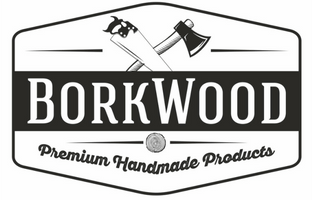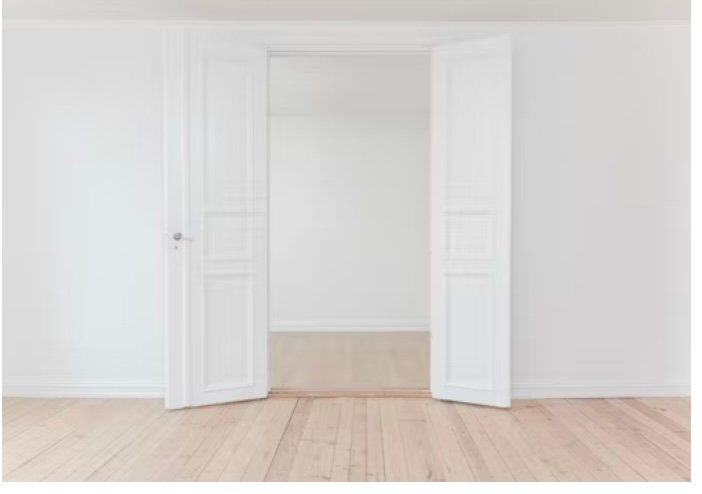How to Choose Between Renting or Buying: A Guide for First-Time Home Seekers
Housing costs keep rising in 2025, so you really need to know if it’s better to rent or to buy. However, money isn’t the only factor, your career plans, desire for stability, and personal goals shape this decision. The rapid changes in property values and interest rates have created a different kind of situation in neighborhoods and cities.
Some people value the freedom to move easily and avoid maintenance responsibilities, while others prioritize building equity and customizing their space. What matters is finding the option that fits your current situation and supports your plans for the future.
Core Factors in Home Decision Making
Market and Location Impact
Most first-time home seekers start their search by exploring rental communities like The Valley Apartments, comparing them with properties for sale in their target neighborhoods. Local market conditions often drive initial choices – high rental rates might push you toward buying, while steep home prices could make renting more attractive.
Income Requirements and Savings
Your monthly income plays a central role in housing decisions. Renters typically need to earn three times the monthly rent, while mortgage lenders look for housing costs to stay under 28% of your gross monthly income.
Common financial requirements for each option:
- Renting
- First month’s rent and security deposit
- Proof of income (usually 3x monthly rent)
- Good credit score (typically 620+)
- Rental insurance funds
- Buying
- Down payment (typically 3.5-20%)
- Closing costs (2-5% of loan amount)
- Emergency fund for repairs
- Property insurance and tax reserves
Career Stability and Work Style
Job stability affects your options significantly. A secure position with steady income growth supports the long-term commitment of buying. Meanwhile, careers with frequent relocations or uncertain futures often align better with renting’s flexibility.
Remote work has added new possibilities – some choose to rent in city centers while others buy larger homes in suburban areas, basing their decision on lifestyle needs rather than commute times.
Long-term Planning
Consider your five-year outlook when choosing between renting and buying. While renters can easily switch neighborhoods to test different areas, buyers should carefully research their chosen location, including future development plans and community features that align with their lifestyle goals.
Financial Realities of Housing Choices
The financial side of housing extends far beyond your monthly payment. At Grandview Terrace, residents often discover unexpected costs that impact their bottom line.
Monthly Housing Costs Beyond the Basics
Renting provides predictable monthly expenses, bundling living space, maintenance, and sometimes utilities costs together. However, annual rent increases of 3-8% can impact your budget significantly.
When buying, your fixed-rate mortgage stays consistent, but other expenses fluctuate:
- Property taxes based on assessments
- Annual insurance rate changes
- Seasonal utility variations
- Unexpected maintenance needs
Building Wealth Through Property Investment
Each rent payment covers your housing needs without building value. Mortgage payments, however, build ownership stake over time:
- Years 1-5: Primarily interest payments
- Years 5-10: Accelerated equity building
- Years 10+: Added property appreciation
Homeowners should set aside 1-2% of their home’s value annually for maintenance and repairs.
Overlooked Costs and Hidden Benefits
Renting Advantages:
- Investment opportunities with saved down payment
- Lower insurance costs
- No property tax obligations
- Easy downsizing options
Buying Benefits:
- Tax deductions on mortgage interest
- Property tax deductions
- Potential rental income
- Protection from rising housing costs
Creating Your Housing Budget Strategy
Calculate the total monthly costs for both scenarios, including all fees and maintenance. Factor in your savings goals and investment plans before making your final decision.
Personal Lifestyle Factors in Housing Decisions
Living at The Valley Apartments or similar rental communities offers different lifestyle advantages compared to homeownership. Both choices significantly impact your daily routines and future plans.
Property Maintenance and Time Investment
The maintenance experience varies drastically between renting and owning. Renters enjoy the convenience of professional maintenance teams handling repairs and issues while having limited control over property upgrades. This hands-off approach saves time but restricts customization options.
Homeownership:
- Full control over home improvements
- Regular maintenance requirements
- Responsibility for all repairs
- Freedom to modify spaces
Social and Community Connections
Your housing choice affects how you connect with neighbors and build community. Rental communities often provide built-in social opportunities through shared spaces and organized events. While neighbors might change frequently, these environments can create dynamic social connections and networking opportunities.
Space Customization and Personal Expression
Homeowners can freely renovate and personalize their space, while renters face restrictions. Consider your priorities:
- Interior design freedom
- Outdoor space control
- Pet policies
- Storage needs
Practical Steps Toward Your Housing Decision
Communities like Grandview Terrace offer both rental and purchase options, making them ideal for comparing your choices firsthand. Start your decision process by examining current market conditions in your target neighborhoods.
Market Analysis and Timing Considerations
Local housing markets fluctuate based on seasonal patterns and economic conditions. Spring typically brings more buying options, while winter months often offer better rental deals. Track local trends for 2-3 months to spot patterns in prices and availability.
Essential Financial Calculations
Use these key formulas to evaluate your options:
- Monthly housing costs should stay under 30% of income
- Compare 5-year renting costs against buying expenses
- Factor in potential property value changes
- Include moving and setup costs
Professional Support and Resources
Working with experts helps clarify your options. A local real estate agent can provide market insights, while a financial advisor examines your long-term planning needs. They can help evaluate:
Your local housing market outlook requires careful evaluation. Prices in desirable neighborhoods often rise faster than city averages, affecting both rental rates and purchase prices. Research neighborhood development plans and local economic factors that might impact future housing costs.
Making Your Final Choice
Consider these practical steps before deciding:
- Visit multiple properties in different seasons
- Calculate complete monthly costs
- Research neighborhood development plans
- Review your five-year career and lifestyle goals
The Takeaway
Your housing choice balances financial capabilities with lifestyle needs. While rental communities offer flexibility and predictable costs, homeownership builds long-term equity. Take time to evaluate market conditions, crunch the numbers, and consider your future plans before making this significant decision.
Section 8 and Low-Income Housing help Americans find affordable housing options nationwide. Browse detailed reviews of income restricted properties, housing assistance programs, and affordable communities at our website. Discover housing opportunities that match your budget and needs, with new listings added regularly.







